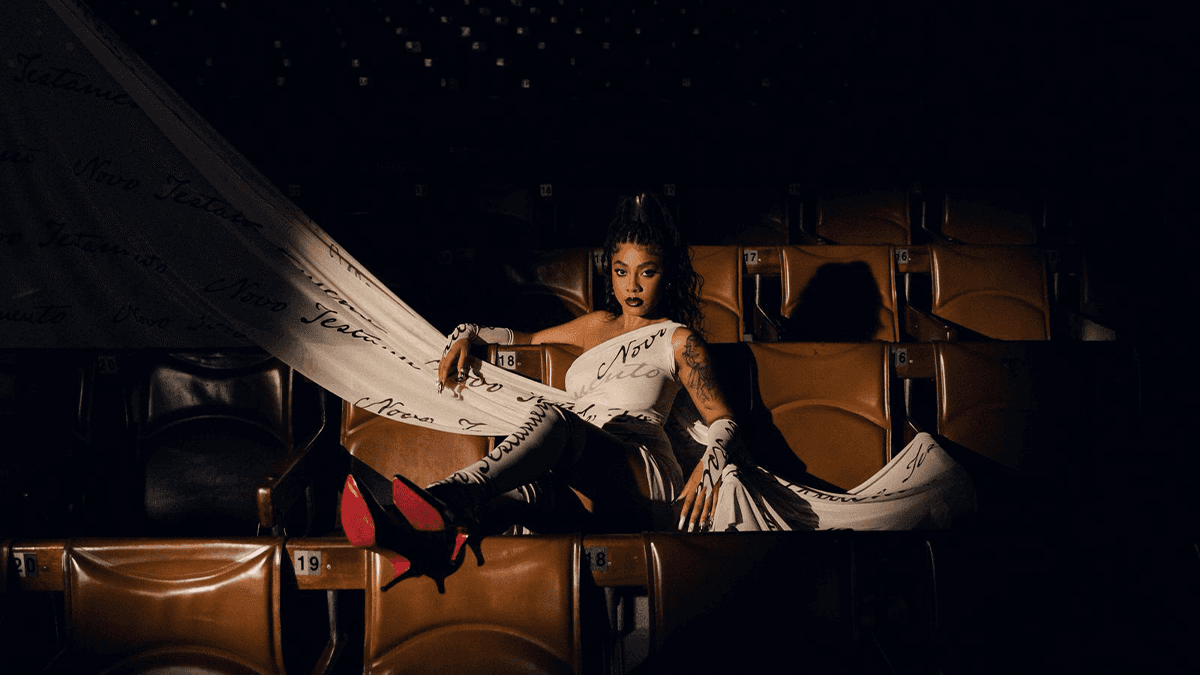The "Michael Jordan effect" - his influence on streetwear and the NBA
The greatest of all time on the court was also a style icon off it. Jordan originated the status of sportswear, elevating it and making it highly desirable. He was the original influencer, setting a precedent for sports stars to market their most precious asset - their face - as a brand.

One of his signatures, the oversized suit, now exists as one of the most coveted items. "I'm a suit guy. I have between 100 and 150 of them," he told GQ in an interview in the 90s. Of course, it wasn't just about wearing suits that was interesting - it was how he wore them. "What Michael did was he started wearing these beautiful Italian suits, but they were modified. He would modify them not just for fit, but also play a little with the look and restructure an Armani suit so it draped differently," said Tinker Hatfield, Nike's creative director of product design and the person responsible for developing the Air Jordan in 1999.


Basketball before Jordan was something unrelated to fashion. Hatfield even argues that players “were very poorly dressed” and attributes the change in players' style to Michael, calling it the “Michael Jordan effect.” "He really started to dress so well and did it in such an elegant way that it was really appealing to other athletes," he adds. The suits he wore in post-game press conferences shook the entire NBA's conception around players' dress codes. In fact, his love for extremely baggy shorts inspired the entire league to abandon the short shorts they had been playing in for years, creating what we now define as “basketball shorts.”
His Chicago tailor, Alfonso Burdi, made most of his clothes custom. The relationship between them started when they surprised him with a prototype of a tailored suit: “loose pants, extra long and extra full jackets,” as if to fit him. But Michael loved their fullness and ended up ordering 13 more on the same day - all tailored large. His suits remained large, with pants cut wide to accommodate his bowed legs - they draped extremely straight over his 6'6" frame.
In a way, he also challenged gender norms. His taste for drapery stemmed from his desire to conceal his slender frame behind clothing that fit well. Along with his suits and baggy shorts, there were also bootcut jeans, oversized leather blazers, and cargo pants. Tank tops were part of his workout outfit, also providing a gangster look. Moreover, his fashion choices matched his confidence - he proudly wore what he wanted but was rigorously impeccable. In a mix of attitude and elegance, perhaps this fusion of streetwear and high fashion defines today's fashion movement.


When Jordan began playing in the league, regulations stipulated that only generic sneakers supplied by it could be worn - they were Chuck Taylors - and that they could only be white. And it didn't take long for Air Jordans to emerge.


Designed in collaboration with Nike, in the Bulls' colors - red, white, and black - Jordan wore them in every game, despite the NBA rules. And of course, in every game, he received a fine of $5,000, which Nike would pay - their best form of advertising. The Air Jordan empire, now valued at $3.6 billion, completely changed the way players market themselves, altering the entire world of sportswear. Ultimately, he not only showcased his talent on the courts but also shaped the way players dress today, in all sports - on and off the court.
See others like this





